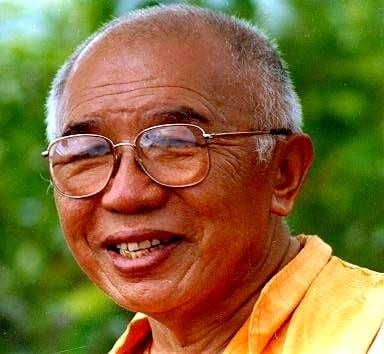Tulku Urgyen Rinpoche

Tulku Urgyen Rinpoche – Parinirvāṇa Anniversary
Each year, to commemorate the paranirvāņa of Kyabje Tulku Urgyen Rinpoche the Ngakso mending and purification practice is performed for one day at Ka-Nying Shedrub...

Ego
For today's Guru Rinpoche Day, I would like to share with you a key that helps unlock the root of all hope and fear. To...

Nyoshul Khen Rinpoche – Calling the Lama from Afar
Tulku Urgyen Rinpoche explained that in the Ngak kyi Sojong, we are mending and restoring the commitments of the vows of the individual liberation in...

Heart Advice from Kyabje Tulku Urgyen Rinpoche
Dear friends near and far First off, my deepest apologies for my very long silence. I hope you’ve all been happy and healthy. At the…
...
